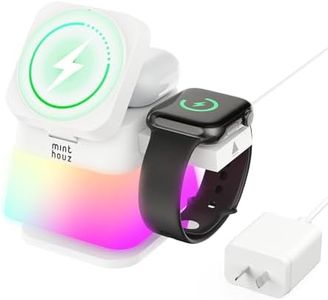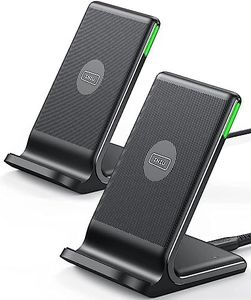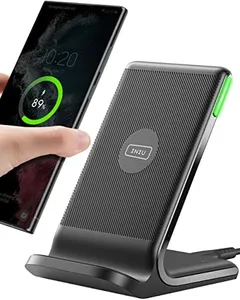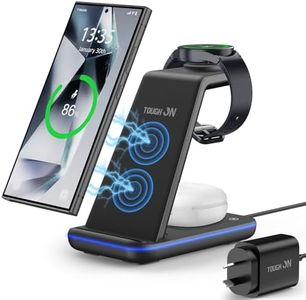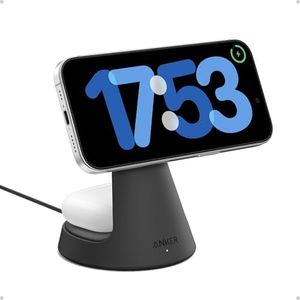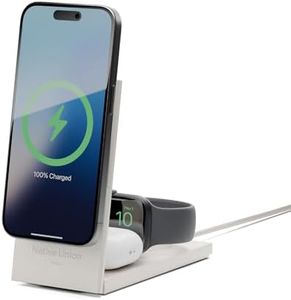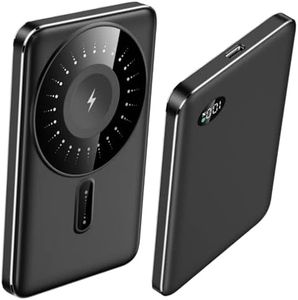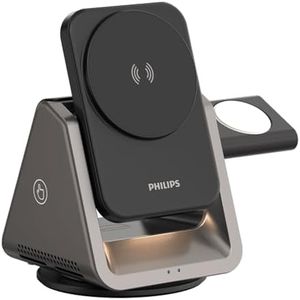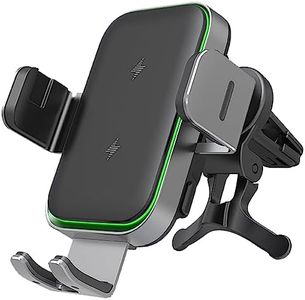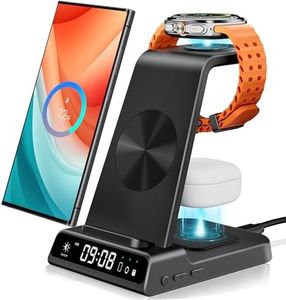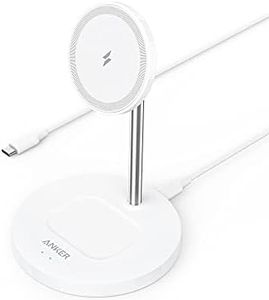We Use CookiesWe use cookies to enhance the security, performance,
functionality and for analytical and promotional activities. By continuing to browse this site you
are agreeing to our privacy policy
10 Best Qi Wireless Chargers
From leading brands and best sellers available on the web.Buying Guide for the Best Qi Wireless Chargers
Choosing the right Qi wireless charger can make your charging routine much simpler and more convenient. Instead of plugging in cables, you just place your compatible device on the pad or stand. However, not all wireless chargers are the same, and understanding the key features can help you find the best match for your needs. The main things to look at include charging speed, charger design, device compatibility, additional features, and build quality. By evaluating a few important specs, you can narrow your choices to the ones that will work best for your devices and lifestyle.Charging Speed (Wattage)Charging speed is measured in watts (W) and affects how quickly your device will charge. Standard wireless chargers may offer 5W, while faster ones deliver 7.5W, 10W, or even up to 15W for some devices. The right watts for you depend on your device—some support faster wireless charging and others don’t, so check the maximum supported by your phone or gadget. For most users, 10W is a good balance, but if your device allows, opting for 15W can reduce your charge time.
Form Factor (Pad, Stand, or Multi-device)Wireless chargers come in various shapes: flat pads, stands that hold your device at an angle, or multi-device chargers that can power several gadgets at once. Pads are compact and good for desks or bedside tables. Stands are convenient if you want to see your screen while charging, like during video calls or while using a clock app. Multi-device chargers are perfect for those with multiple Qi-compatible devices like a phone, earbuds, or smartwatch. Choose the form factor that best fits where and how you expect to use it.
Device CompatibilityWhile most new smartphones support Qi wireless charging, compatibility for higher speeds or for charging specific accessories like earbuds or watches varies. Some chargers are tuned for certain brands or models, offering optimized speeds, while others are more universal. Always check that the charger supports your devices both for standard charging and any faster modes you want to use.
Case FriendlinessSome wireless chargers can pass power through a phone case, while others struggle if the case is thick or contains metal. Look for chargers that advertise case compatibility, usually up to 3-5 mm. If you use a heavy-duty or metal case, you might need to remove it before charging, so think about your typical phone setup.
Cooling and Safety FeaturesWireless charging can generate heat, and good chargers have features like cooling fans, temperature control, and foreign object detection for safety and better charging efficiency. These features help prevent overheating and can prolong both charger and device lifespan. If you plan to charge overnight or leave gadgets for long periods, prioritize chargers with visible safety certifications or cooling design.
Build Quality and AestheticsThe material and design matter both for using your charger every day and for matching your decor. Rubberized or textured surfaces help hold your phone in place, and a solid build can handle regular use. Some prefer minimalistic styles to blend into a workspace, while others want something more decorative. If you care about how it looks or feels, take design into account.
